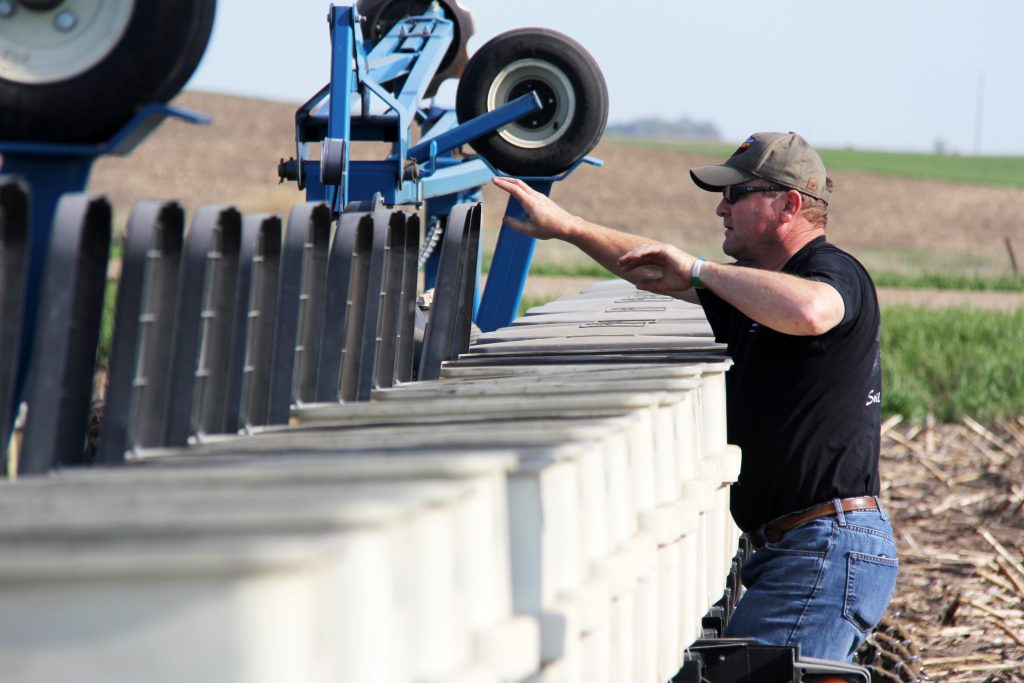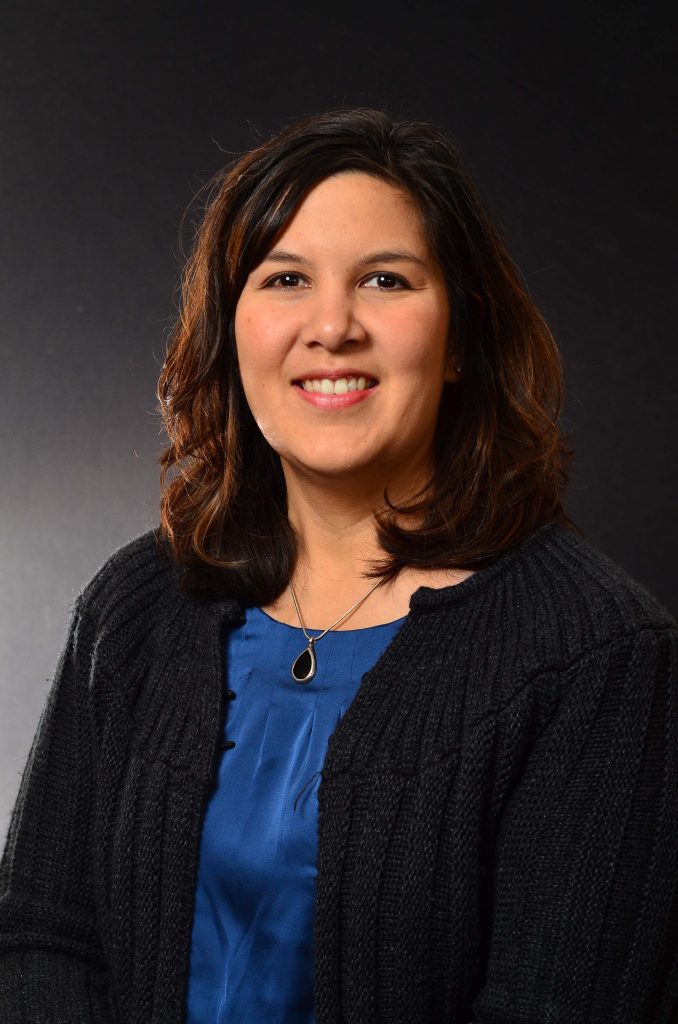Climate Outlook May be Optimistic but Challenges Remain

To sum up the outlook for Planting Season 2020, Jon Kleinjan, SDSU Extension Crop Production Associate had this to say on March 31. “It looks more promising than last year at this point in time.”

SDSU Extension State Climatologist, Laura Edwards.
SDSU Extension State Climatologist, Laura Edwards also remains cautiously optimistic. “There was a nice melt of snowpack this winter, so as far as flooding risk, we are sitting in a much better situation this year,” said Edwards on March 31. “It has been a pretty dry March. Not to say we can’t turn wetter. As far as April and the months ahead, there are mixed signals as far as temperature and precipitation go.”
Whether the weather cooperates or not, Kleinjan and Edwards both agree 2019 soil moisture carryover will continue to haunt South Dakota’s farmers as they work to plant the 2020 crop.
“Even though we have had pretty dry conditions in March, soils are still pretty wet. There is a lot of standing water in some areas,” Edwards said. “It just takes a lot of time for water to infiltrate or move across the landscape.”
Seed maturity and fallow corn syndrome treatment suggestions
If dryer conditions allow farmers to plant into fields this spring that sat empty throughout growing season 2019, there are some factors farmers need to consider, including fallow corn syndrome.

Kleinjan explained fallow corn syndrome can occur in fields which sat empty due to excess moisture, because the soil fungi responsible for helping corn, soybeans and other plants absorb nutrients, specifically phosphorus, rely on living roots.
“The arbuscular mycorrhizal (AM) fungi forms a symbiotic relationship with plants. They help the plants uptake phosphorus and the plants give them sugars. When there aren’t plants growing in the soil, their populations can potentially go dormant,” Kleinjan said.
If planting corn, Kleinjan encourages them to consider applying a starter fertilizer or applying phosphorus in a band to avoid fallow corn syndrome. “Broadcast fertilizer in any reasonable amount doesn’t seem to help,” he said.
Because soybeans are less susceptible to this syndrome, another solution Kleinjan recommends is planting the legume crop instead of corn. He added that soil sampling to understand what nutrients are available is also a good idea. “However, soil samples showing adequate soil phosphorus do not necessarily indicate that fallow corn syndrome will not be a concern,” Kleinjan said.
As farmers prepare for 2020 planting, many are wondering if they should consider early maturing seed options. Kleinjan says if they can get into fields to plant corn before May 25 and soybeans before June 10, stick with full-season maturities. “Over time, farmers are better off selecting seed based on genetics first, as selecting hybrids and varieties that are too early can leave a lot of yield potential on the table” he said.
Low markets challenge farmers at planting
Soil moisture isn’t the only challenge facing South Dakota’s farmers this spring, explained Doug Sombke, Conde farmer and President of South Dakota Farmers Union (SDFU). He explains that even though food demand is high in the midst of the COVID-19 pandemic, family farmers and ranchers are not seeing increased prices for their livestock and crops.
“Even when Mother Nature doesn’t give us the best planting and harvest conditions, with today’s access to genetics, technology, research-based information and generations of knowledge, South Dakota farmers still manage to produce,” Sombke said. “Unless we can get paid what the food we raise is worth, we will lose family farmers and ranchers. South Dakota producers cannot survive when we continue to lose money.”
Low market prices are not a new issue facing farmers and ranchers. Farmers Union has been working on a solution: Inventory Management Soil Enhancement Tool (IMSET).
Developed by Craig Blindert, a Salem, S.D., crop and livestock farmer who also works as an independent crop insurance agent, IMSET is an incentive-based, voluntary, crop insurance plan to protect farmers against market lows by encouraging farmers to cut back on production by taking marginal acres out of production when commodity markets drop.
Basically, a farmer’s crop insurance guarantee would go up 2 percent for every 1 percent of land that farmer voluntarily enrolled in a soil enhancement management plan for that growing season.
In 2016, the grassroots organization reached out to experts at North Dakota State University to get their take on it. Utilizing economic modeling technology, they replicated some real-world examples and said Craig’s IMSET idea is solvent enough for additional research.
In fall 2018 and 2019, Farmers Union presented IMSET along with the NDSU findings to Congressional leaders and the Risk Management Association (RMA). They were receptive and the organization continues to advocate for this solution. Follow IMSET progress and updates at www.SDFU.org. Also, follow South Dakota Farmers Union on Facebook to stay connected to farmers and ranchers across South Dakota and learn how they are dealing with COVID-19.
For growing season agronomic and climate updates, visit https://extension.sdstate.edu/.

